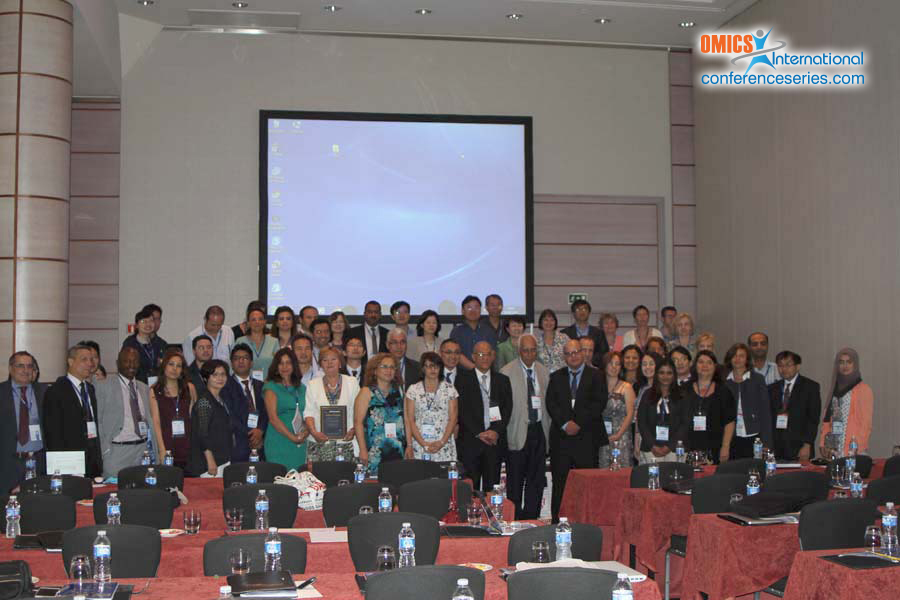
Cenciarelli Orlando
University of Rome Tor Vergata, Italy
Title: From Ebola virus to Tuberculosis: emerging and re-emerging infectious diseases in the era of fast transports
Biography
Biography: Cenciarelli Orlando
Abstract
In the era of fast movements of human populations, mainly by air transportation but also by sea or overland, several emerging and re-emerging diseases have undergone an alarming spread: the literature reports numerous infectious diseases, mainly viral and bacterial, which have followed a rapid and unpredictable travel-associated diffusion, on a very short timescale, during the last decades. Their capability of reaching areas far from the site of the first infections involves not only affected individuals, but also potential vectors or reservoirs of the infection. The Ebola virus (an emerging virus) outbreak, which affected West Africa since the spring of 2014 represents, by size and geographical spread, an unprecedented threat to global health. The current outbreak has reached urban areas, overcoming the self-limitation that kept the spread confined to rural areas during previous outbreaks. However, also many infectious diseases known for a long time have undergone a significant recrudescence in several areas; often this is closely related to the migratory flows and to the movement of human masses, which contributes to the re-emergence of pathogens. The reduction of the impact of such infectious disease over the years might as well have led to limited controls and preventive measures, which might have contributed to their re-emergence. By exploiting some case-studies, we present the emerging and re-emerging infectious diseases analyzed under the light of their potential or effective diffusion thanks to fast transportation; we focus our attention on the strategy of precaution and prevention, also by drawing on international standards.

